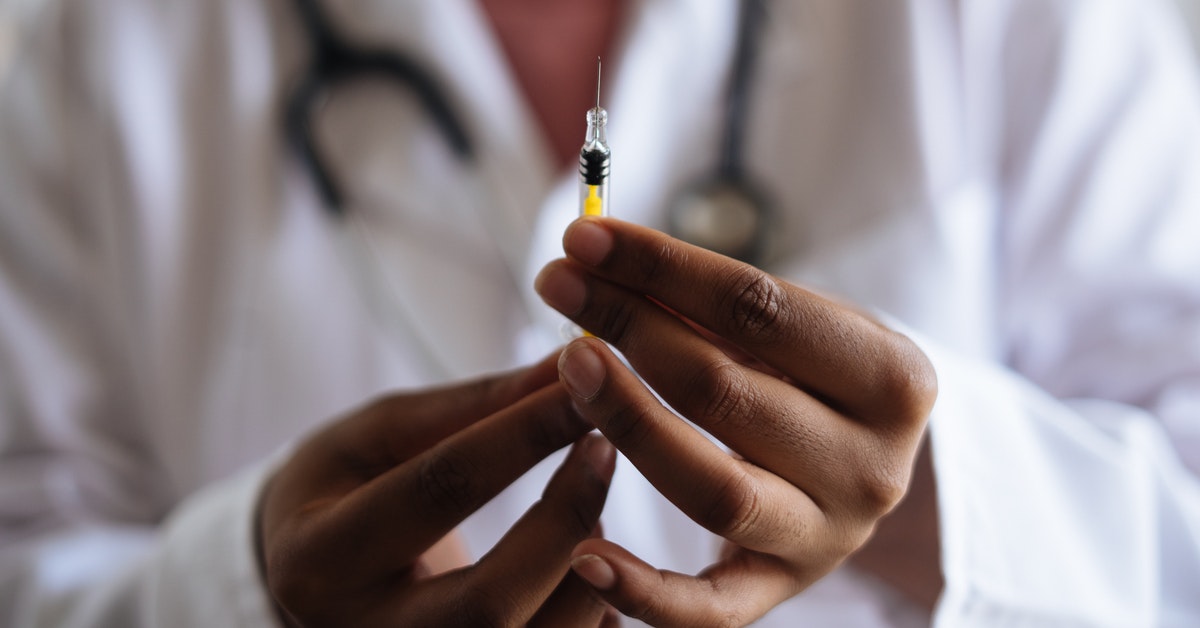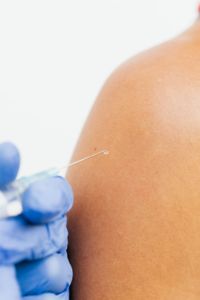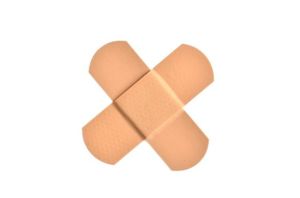
If you’ve been scouring the internet trying to find solutions for your pain, you may have come across the term “trigger point injections.” In this article, we will answer all your questions about trigger point injections so you can see if they are right for you. Are you looking for more answers? Contact your local Houston Chiropractor for personalized information on this treatment. Let’s dive in:

What are Trigger Point Injections?
To understand trigger point injections, you first have to understand trigger points. We often use the word “knots” to refer to trigger points. These are sensitive bundles of fibers in tight bands of muscle that cause pain both locally and in areas distant from the knot or trigger point. You can often feel trigger points under the skin as hard bumps. Sometimes when a patient is experiencing back or neck pain, a trigger point is the cause.
A healthcare provider has to carefully examine a patient to figure out where trigger points exist because they may not be located in the area where the patient is feeling pain. Treating a trigger point in the middle back may alleviate a patient’s low-back pain, for instance. Some patients will have more than one trigger point.
A trigger point injection aims to inactivate these trigger points, thus alleviating the pain they cause. There are two types of trigger point injections. One type uses medications such as lidocaine, corticosteroids, or sometimes an unmedicated saline solution to disable the trigger point. The other, known as “dry needling,” uses only the needle itself, without injecting any fluid or medication. Dry needling depends on the body’s hormonal response and the needle’s mechanical action to negate the pain of trigger points. This article will focus on trigger point injections that use medications and saline.
You may have heard trigger point injections referred to as “trigger shots” or “pressure point injections.” These terms usually refer to the same treatment, but the phrase “pressure point” is misleading. Trigger point injections treat myofascial trigger points (knots) in the muscle, these may feel like “pressure points” because they can cause pain when pushed on, but they are not the same as the sorts of pressure points referred to in acupuncture or acupressure.
How Do Trigger Point Injections Work?
The science behind trigger point injections shows that they not only result in immediate pain relief for most patients; they also can permanently resolve the trigger point being treated. The drugs injected and the needle’s mechanical action causes relaxation of the knotted muscle area and promotes healing.
Trigger point injections are effective in treating back, neck, and joint pain as well as tension headaches and fibromyalgia.
What is the Frequency of Trigger Point Injections?
Your specific condition will determine how many trigger point injections you need. Some patients experience long-lasting relief after one treatment, while others may need more. People with chronic conditions such as fibromyalgia will need continuous treatment to address new trigger points as they form. Patients who have a trigger point caused by an underlying condition that has already healed will not need as many injections. How often you can receive an injection will also depend on what medication is being used. Local anesthetics can be used once a month, while corticosteroids need to be used less frequently.
What are the Side-effects of Trigger Point injections?
Side-effects from trigger point injections are uncommon and usually mild. They can include bruising, pain, or numbness at the injection site. If these side-effects occur, they typically resolve quickly. More severe side-effects can be associated with long-term use of corticosteroids, but local anesthetics such as lidocaine are safe for long term use.
What Should I Expect From My Appointment?
Before your treatment begins, the medical provider administering the injection will perform a thorough exam to identify the trigger points that are causing your pain. He will then walk you through what will happen and sterilize the site to be treated.
Most patients want to know if trigger point injections hurt. The simple answer is yes, sometimes, but the pain is typically mild. When a local anesthetic is used, the patient may experience sharp pain or a burning sensation for a second, but then the anesthetic will take effect and numb the area. Most patients experience immediate pain relief and increased range of motion after the injection. Rarely, a patient may experience a dull ache for several days after the injection. In this case, your medical provider will instruct you on home care methods, such as cold therapy or over the counter pain relievers, that can make you more comfortable. As mentioned above, most side effects are mild and resolve quickly.
After a few weeks, you may notice that your pain has still not returned. In this case, you may not need another treatment on that pressure point. If more than one trigger point is causing your pain, your healthcare provider will usually be able to treat all of them during one appointment. He or she will set you up on a personalized injection schedule that meets your needs. You can expect that your pain will be mostly or entirely resolved after your regiment has been completed.
Trigger point injections are quick, usually not more than 15 minutes, and you can return to your normal activities immediately afterward.
Are Trigger Point Injections Right for Me?
Trigger points are one of the most common causes of chronic pain. You may have a trigger point if you notice pain radiating from a tight area in your muscle or feel knots under your skin. It is important to see a chiropractor if you think you have trigger points because he can also treat the underlying condition that caused the trigger points. If the underlying condition, such as a strain or injury, is not resolved, the trigger points will reoccur. Your chiropractor may recommend other treatments aimed at correcting the condition that caused your trigger points, in addition to trigger point injections.






